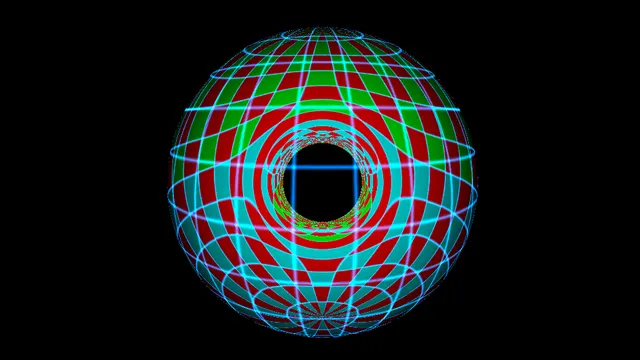Relativistic Raytracing
Audience: undergraduate
Tags: general-relativitynumerical-integration
In this article I show how to render a physically accurate black hole, in full compliance with General Relativity. In order to do that, we'll derive motion equations for light rays, implement Runge-Kutta integrator in GLSL, and finally combine the two into a fragment shader that traces the light rays emitted from the camera into the past.
Analytics
Comments
I was surprised how complicated differential geometry is.
It was interesting how Jacobians could be used to express the path of a ray across a curved surface. I also found it interesting how this could be discretized, and turned into a numerical problem. (A lot of the math and terminology was beyond me though).
Cool images; the sections of code hit like a truck though.
